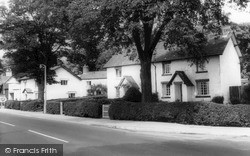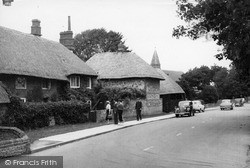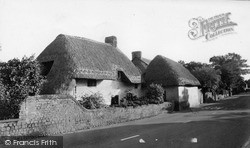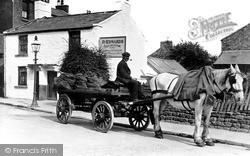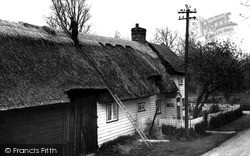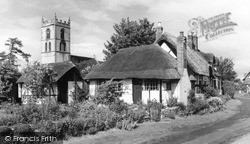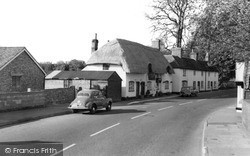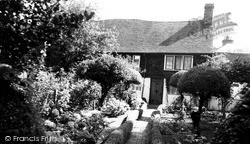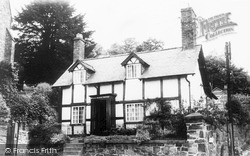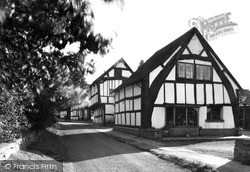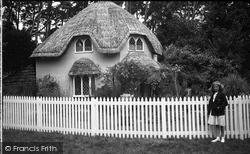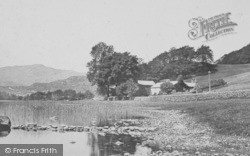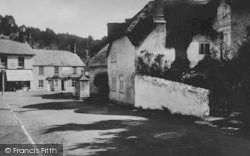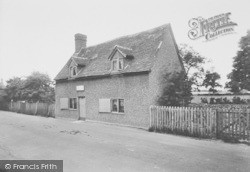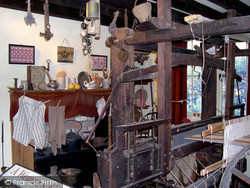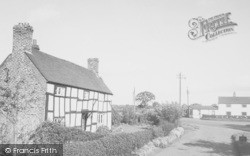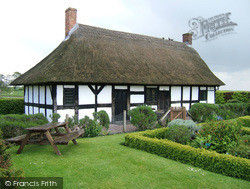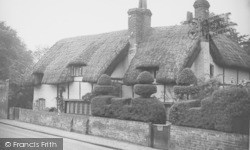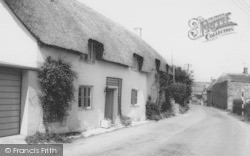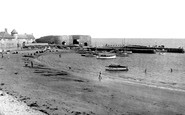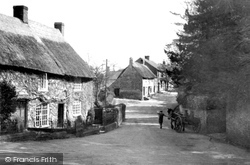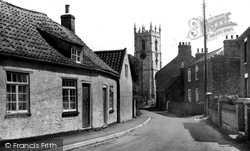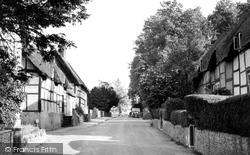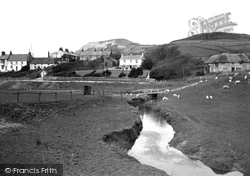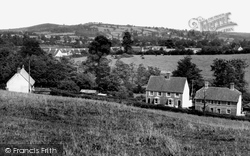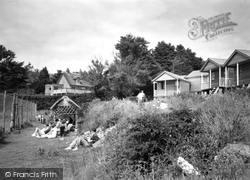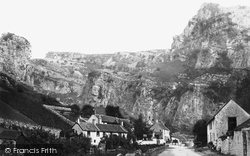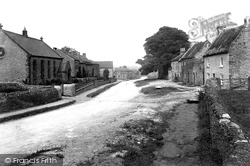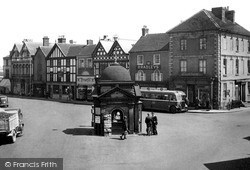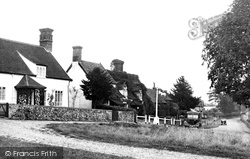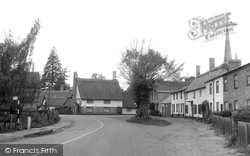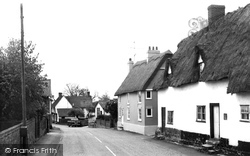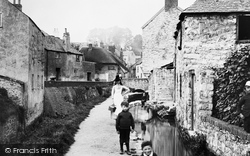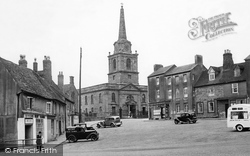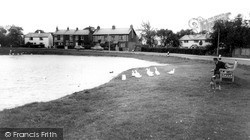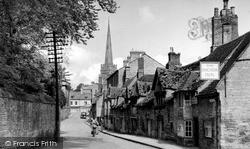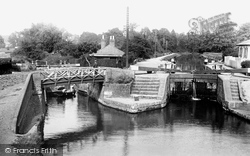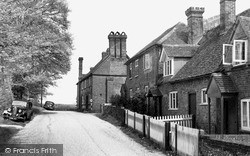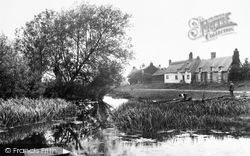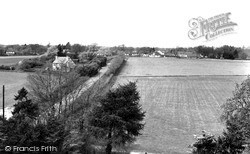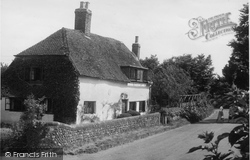Places
6 places found.
Those places high-lighted have photos. All locations may have maps, books and memories.
Photos
2,406 photos found. Showing results 201 to 220.
Maps
41 maps found.
Books
Sorry, no books were found that related to your search.
Memories
2,827 memories found. Showing results 101 to 110.
Boyhood Memories From 1952
It was around this time that the tram lines were taken up from Sunderland Road in Gateshead. The men stored the old lines in Somerset Street and Devonshire Street. As boys we would dig up the tar from around the ...Read more
A memory of Gateshead in 1952 by
Connemara
My grandmother (name of McDonagh, nee Faherty) lived in a place I believe is called 'Ryn' (not sure of the spelling) in Connemara. She had a beautiful cottage a short walk from the sea. I would like to be able to take my husband to ...Read more
A memory of Connemara in 1975 by
Looking Back To The Early Days
I was born in rented 'rooms' at Wordsworth Road in 1936 and came to move with my parents to five different addresses at Easington before I moved away from the area, when I married in 1963. But although my ...Read more
A memory of Easington Colliery in 1900 by
Now Living In Egypt
Hi Anthony, I knew your grandmother Ketura and your grandfather Ellis and most of their children. They had a very large family. Your Auntie Margery and I were great friends. We were always getting into trouble for climbing ...Read more
A memory of Llysfaen in 1960 by
A Farm Workers Daughter In Dunsyre
Dunsyre was my first school, there were only 7 children in the whole school, myself and my two brothers all went there. I loved my teacher, she showed me great kindness, her name was Miss Low, I will never forget ...Read more
A memory of Dunsyre in 1954 by
The Smallfield Brickyard
I was born at 1 Kings Cottages in April 1931. I have two brothers, and as young boys we were close friends of the late Gerald Mitchel. Gerald's mum, nee Doris King, lived with her husband (Syd, who served with the RAF) ...Read more
A memory of Smallfield in 1930 by
My Second Home
Right from a small child i have grown up loving Wells-next-the-Sea, my dad used to take us on holidays there and we stayed in a little cottage which was a short walk to the quay where my brother and I would wander down to ...Read more
A memory of Wells-Next-The-Sea in 1969
My Grand Parents
My grandparents lived in Hearts of Oak Cottages and we used to go and see them on Sundays with my dad and brothers while my mam made dinner. We would walk down the old line. My dad took us to the engine room at the colliery ...Read more
A memory of Nantyffyllon in 1957 by
The Low Davidson Family
My sister and I are from Canada and came to Scotland this past month, August, 2009, to see where our mother, Kathleen Low, and her family were born and raised in their youth. After many years of hearing them describe ...Read more
A memory of Johnshaven in 1900 by
Tea Times At Beadnell
My name is Sean Sweet. I have many memories of Beadnell. My Grandparents owned a cottage near the harbour called Sandy Dell and later my parents had a static caravan on the links. Every summer seemed to be hot and sunny and ...Read more
A memory of Beadnell by
Captions
2,020 captions found. Showing results 241 to 264.
Looking east from the western end of the village, we can see the road junction beside what has become a single Burwell Cottage (centre). Rectory Lane used to be called Duck Street.
All Saints' Church dominates the scene, and the only change is the removal of the smaller second cottage of Long Croft, left. It is now a drive for the adjacent gable-ended Rose Cottage.
The cottages in this idyllic scene by the River Ribble were at one time connected with a calico mill; they were later purchased and renovated by the Spread Eagle Hotel.
The sun is shining on another outstanding Hampshire village with some timeless timber-framed cottages and nicely cut hedges. The broadcaster Sir David Frost is rumoured to live here.
The buildings beside Sea Hill Lane are the Anchor Inn and Anchor Inn Cottage (left), Seatown House (centre) with its flag-pole, and thatched Seatown Farmhouse (right), which was known as Marsh's Farm.
Raikes Road had many thatched dwellings; as late as 1961, when alterations were afoot, one cottage proved to be a Fylde cruck-built cottage with clay and straw walls from the 16th century.
The gable-end (left) is thatched St Francis Cottage, and the brick, stone and tile cottages are Brookdale and No 5 (right).
Increasingly wooded these days, the valley also hides the old coastguard cottages and the replacement coastguard cottages. John Jefferson was the Victorian chief officer of the coastguard station.
The cottages on the left remain beyond the millpond; the row behind were built in 1667 and are now the Cheddar Toy and Model Museum.
Lime Cottage, jutting out near the end of the street, is dated 1904. On the near right is Tenby Cottage, next to the old post
The cottages to the right were at this time home and shop to H Woolley, a saddler, as they had been since around 1900.
In the distance are Pump Cottage and Lavender Cottage, both built in mock-Tudor style.
Around the green are the older thatched cottages and (right) one partly thatched and slated farmhouse that has been extended on either side into two cottage rows.
The farmhouses and cottages all have steps down to the street because the old unmetalled road to Cambridge had been gradually lowered by use.
Rose Cottage (left), a handsome Gothick Revival villa on the corner of Queens Road and Quaker Lane, was extended and converted into the Victoria Cottage Hospital in 1899.
The view is northwards to the Angel Inn (centre), still with its thatched roof, and Weaver's Cottage (centre right).
The cottages on the left were demolished sometime in the 1960s. In the one that was double-fronted lived Mr and Mrs Terry.
Cottages, the Grapes Inn, the church and the school are facing or clustered round the green. An old resident, Mrs Lancaster, had a fund of memories. She was a Rose Queen one Club Day.
Of the long terrace of 17th-century cottages on the right, only the former Anchor Inn remains, dated 1637 and now a private house.
The central cottage has now gone, but there is a cafe instead.
Nos 1, 2 and 3 Church Cottages on the right were once a single 17th century timber-framed house whose original brick stack with three chimney shafts can be seen on the gable.
In the background on the left stands Brooklyn; then, with two thatched eyebrow gables, comes Anchor Cottage, previously the Anchor public house.
The post mill, which stood to the north of the cottage, was built in 1829 and demolished in 1912. Mill Cottage and the converted barn called Granary House are all that remain of the mill complex.
Fronting the road, beyond the outbuildings in the two previous views, is the 17th-century cottage where the zoo park started some seventy years ago; its outbuildings became the gift shop
Places (6)
Photos (2406)
Memories (2827)
Books (0)
Maps (41)


